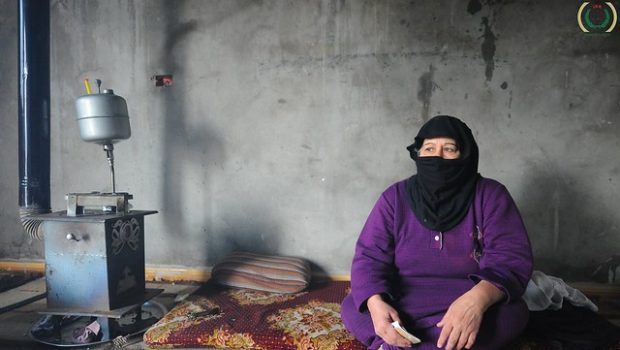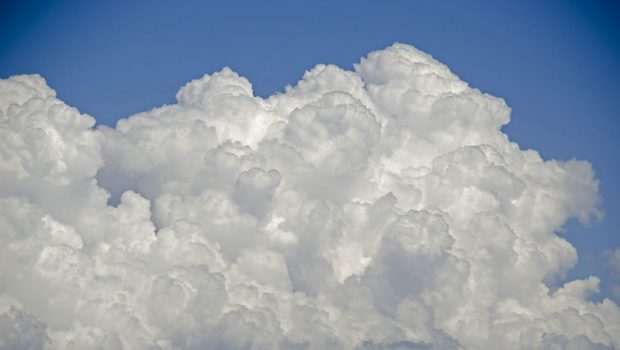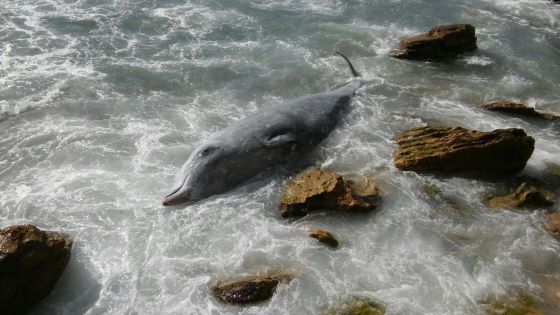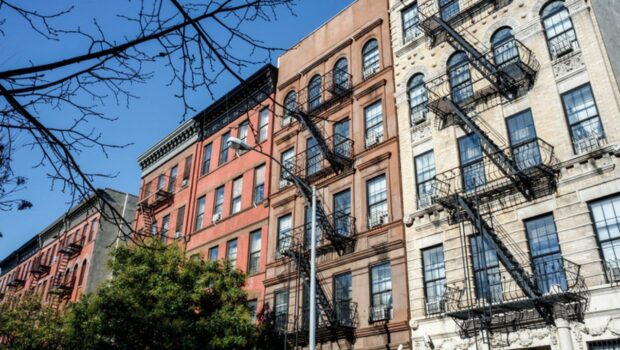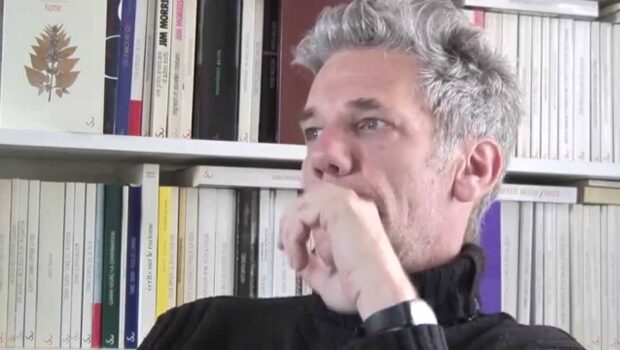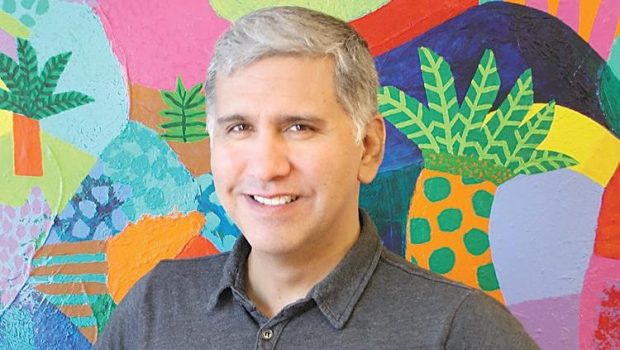The Syrian Refugees in Lebanon, a Heavy Burden
Ayad Wakim
10,452 square kilometers. Two hundred and ten of coastline, a width that reaches its longest end 70 kilometers north of the country and its narrowest, 30 kilometers south. A 375-kilometer border with Syria, 79 with Israel.
These figures describe the geographical reality of Lebanon, a very small country in the Middle East which has been and is always at the crossroads of all the conflicts in the region, even the international ones.
From a demographic point of view, the population living in Lebanon is currently close to 6,098,000 including 3,900,000 Lebanese strains. The rest are all foreigners. Among the foreign population, there are 1,500,000 Syrians. Before the war that started in March 2011, the fluctuation (inflows and outflows) of Syrians in Lebanon was between 500,000 and 700,000. They came here to work (especially in the construction sector and in agriculture).
Since the beginning of the Syrian conflict, their number has exploded, doubling in size. There is no more fluctuation, which means that those who have entered Lebanon in successive waves have not returned to Syria, because they claim they are or will be pursued by the regime. As a result, Lebanon, of limited active and passive resources, is currently at risk of large-scale demographic and sectarian change.
Unlike Turkey, Jordan and Iraq, where the Syrian refugees are placed in adjacent camps and well “tied up,” in Lebanon, refugees are scattered in more than 700 localities throughout the territory, which makes their presence uncontrollable.
It seems a bit odd from the Western point of view to talk about demographic and denominational change. Indeed, in a region (Middle East) that is recognized as a powder keg of conflict, religious balances are one of the primary factors of “stability”, although this term finds its place with difficulty in our part of the world.
The Syrian presence in Lebanon weighs politically and especially, economically on the Lebanese landscape. The production of Lebanese electricity is already in deficit of half of its needs (demand of 3100 Mw, supply of 1530 Mw), and its capacity has been cut by 200 Mw in favor of the refugee camps. 87 million cubic meters of water are allocated to these camps daily, while Lebanon suffers from an endemic water shortage.
The weight of the Syrian crisis since 2011 has already cost Lebanon a staggering US$9 billion, and this drain on the economy is likely to continue.
Today, the war in Syria seems about to end, and 85% of the territory is secure; then why has the return of Syrian refugees not yet been implemented or at any rate, drawn up through a well-defined policy?
Therein lies the whole question. Several parameters come into play here.
First of all, each of the Lebanese political parties in the government has its own point of view on the refugee returning procedure. And all differ on this point for various political and religious reasons.
Second, UNHCR has adopted language that leaves refugees afraid for their own safety should they return.
Third, the powers that “play” on the Syrian stage (including Syrian government) take the refugees’ case hostage; that is to say, each in the role he finds can be used to gain political points on the Syrian domestic stage.
The issues that arise from the presence of Syrian refugees in Lebanon have a direct effect on the wellbeing of the country in their current configuration. It is important not to repeat the mistakes that were made with the Palestinian refugees. A problem of national sovereignty demands a response commensurate with the importance of said sovereignty.
The question that remains is, will the Lebanese political class find the courage and especially, the common ground to find a solution that will ensure a positive outcome for all?
 Ayad Wakim is a journalist and the Project Coordinator of the Annhar Newspaper, the largest newspaper in Lebanon. HIs Twitter is @Ayadw
Ayad Wakim is a journalist and the Project Coordinator of the Annhar Newspaper, the largest newspaper in Lebanon. HIs Twitter is @Ayadw
Posted: May 2, 2019 at 11:06 pm


